The global neurological burden of tuberculosis
Citation: Thakur K, Das M, Dooley KE, Gupta A. The global neurological burden of tuberculosis. Semin Neurol. 2018 Apr;38(2):226-237. doi: 10.1055/s-0038-1651500. Epub 2018 May 23. PMID: 29791949.
Access full article:
https://www.ncbi.nlm.nih.gov/pubmed/29791949
Summary:
Central nervous system (CNS) involvement of tuberculosis (TB) is the most severe manifestation of TB and accounts for approximately 5 to 10% of all extrapulmonary TB (EPTB) cases and approximately 1% of all TB cases. TB meningitis (TBM) is the most common form of CNS TB, though other forms occur, often in conjunction with TBM, including intracranial tuberculomas, tuberculous brain abscesses, and spinal tubercular arachnoiditis. CNS TB often presents with nonspecific clinical features that mimic symptoms of other neurological conditions, often making diagnosis difficult. Defining neuroimaging characteristics of TBM include thick basal meningeal enhancement, hydrocephalus, and parenchymal infarctions most commonly involving the basal ganglia and internal capsule. Traditional cerebrospinal fluid sample analysis frequently requires lengthy times-to-result and have low sensitivity. Given the pitfalls of conventional CNS TB diagnostic methods, various molecular-based methods, including immunoassays and polymerase chain reaction (PCR)-based assays have emerged as alternative diagnostic tools due to their rapidity, sensitivity, and specificity. Expert panels on TBM have recently emphasized the need for standard research procedures with updated case definitions and standardized study methods, which will hopefully pave the way for more robust multicenter international studies. In this article, we review the epidemiology, diagnosis, molecular factors associated with disease presentation and outcome, and treatment of CNS TB.
Seminars in Neurology
